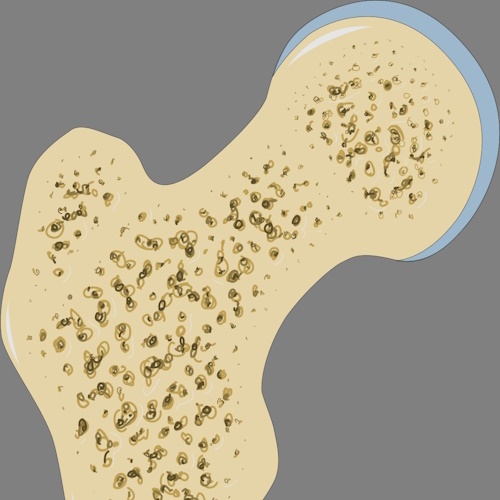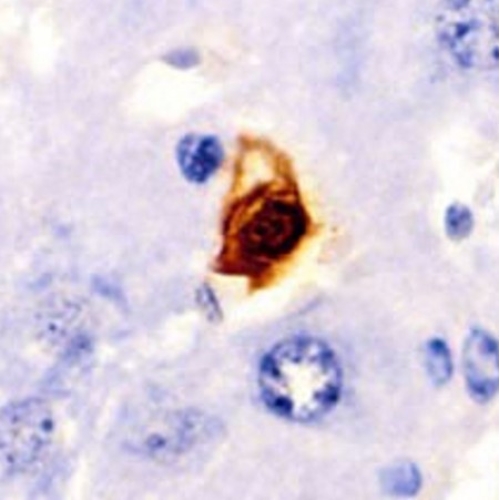Key points from article :
Bone density peaks for individuals around age 30 and then declines with age.
Low-magnitude vibration has shown to be beneficial for bone growth.
Researchers investigating the interplay between osteoporosis, cellular senescence, and low-magnitude vibration in rats.
Bone marrow mesenchymal stem cells, osteoblasts, and osteocytes were isolated from rats.
Applying a vibration of 0.3 g at a frequency of 90 Hz to these cells reduced their senescent phenotypes.
Osteoblasts showed similar DNA damage, SA β-gal activity, and p21 expression to cells isolated from young rats.
Same vibration applied to aged rats also proved to be beneficial.
Inhibits senescence partly through the Sirt1/p53/p21 axis, thus promoting bone formation of aged rats.
Improved bone density in some, but not all, clinical trials, suggesting a mild to moderate impact.
It would be an extremely valuable development if vibration to impact cellular senescence in other tissues as well.
Study by Sichuan University published in the journal Aging.







